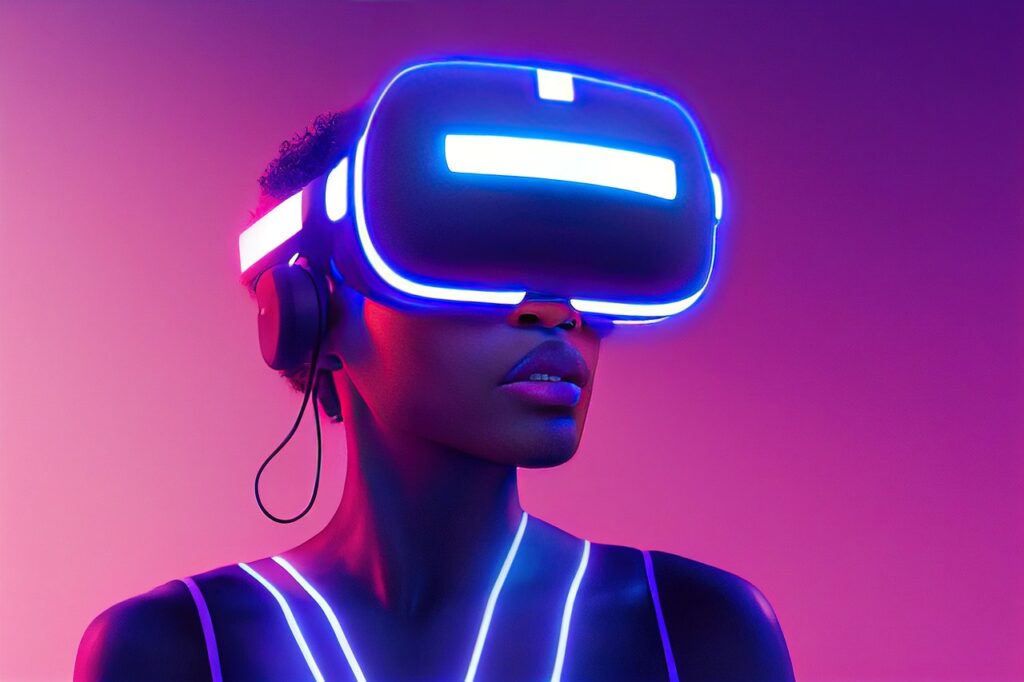In recent years, the fields of virtual reality (VR) and augmented reality (AR) have witnessed remarkable advancements, revolutionizing the way we interact with technology and our surroundings. These immersive technologies have broken barriers in various industries, enriching experiences and offering practical applications in our everyday lives. In this article, we will explore some of the most promising emerging technologies in VR and AR and how they bring substantial benefits to our daily routines.
Extended Reality (XR)
Extended Reality, commonly referred to as XR, is an umbrella term encompassing VR, AR, and mixed reality (MR). XR amalgamates the virtual and real worlds to create an interactive and engaging experience. By merging digital content with our physical environment, XR enhances the way we perceive and interact with the world. This technology is becoming increasingly integrated into everyday life, spanning education, gaming, social interactions, and even in fields like medicine and architecture.
In education, XR facilitates immersive learning experiences, enabling students to visualize complex concepts and simulations in a three-dimensional space. In healthcare, XR assists medical professionals in visualizing patient data during surgeries, improving precision and patient outcomes. Moreover, XR enhances entertainment experiences by blurring the line between fiction and reality, bringing us closer to the content we love.
Spatial Computing
Spatial computing is a revolutionary technology that enables computers to understand and interact with the physical world in real-time. By utilizing sensors, cameras, and advanced algorithms, spatial computing creates a seamless integration of the virtual and physical realms. The technology has become instrumental in navigation, design, and communication.
One of the most significant impacts of spatial computing is in navigation and wayfinding. Augmented reality apps can guide users through unfamiliar environments with digital overlays, offering live directions, and real-time information on points of interest. This technology has proven especially beneficial for tourists and travelers, simplifying the exploration of new places.
Haptic Feedback
Haptic feedback is a critical aspect of VR and AR experiences that adds a sense of touch to virtual interactions. Emerging haptic technologies, such as wearable gloves or suits, provide users with the sensation of texture, resistance, and vibrations. This breakthrough enhances the level of immersion in virtual environments and allows for a more intuitive interaction with digital objects.
The practical applications of haptic feedback extend to industries like gaming, where players can physically feel the impact of in-game actions, heightening the gaming experience. Additionally, haptic feedback has the potential to revolutionize telemedicine by enabling doctors to remotely examine patients through realistic touch simulations, bridging the gap between virtual consultations and in-person visits.
Real-Time Language Translation
Language barriers can be a significant hindrance in communication, especially in an increasingly globalized world. However, emerging AR technologies are breaking down these barriers by providing real-time language translation through visual overlays. AR translation apps can instantly translate signs, menus, and conversations, facilitating seamless communication for travelers and expatriates.
Enhanced Workplace Collaboration
VR and AR are transforming workplace collaboration, particularly in remote work settings. Virtual meeting spaces allow team members from different locations to come together, share ideas, and collaborate as if they were physically present in the same room. This technology fosters creativity, enhances productivity, and minimizes the sense of isolation that remote workers may experience.
The emergence of virtual reality and augmented reality technologies has marked a significant turning point in how we experience and interact with the world around us. These immersive technologies have extended their reach beyond gaming and entertainment, finding applications in education, healthcare, navigation, communication, and more.
As VR and AR continue to evolve, we can expect even more innovations that will further enrich our everyday lives, empowering us to explore, learn, and connect in ways we could have only imagined before. The future possibilities for these technologies are boundless, and their benefits will undoubtedly continue to shape our world for the better.

